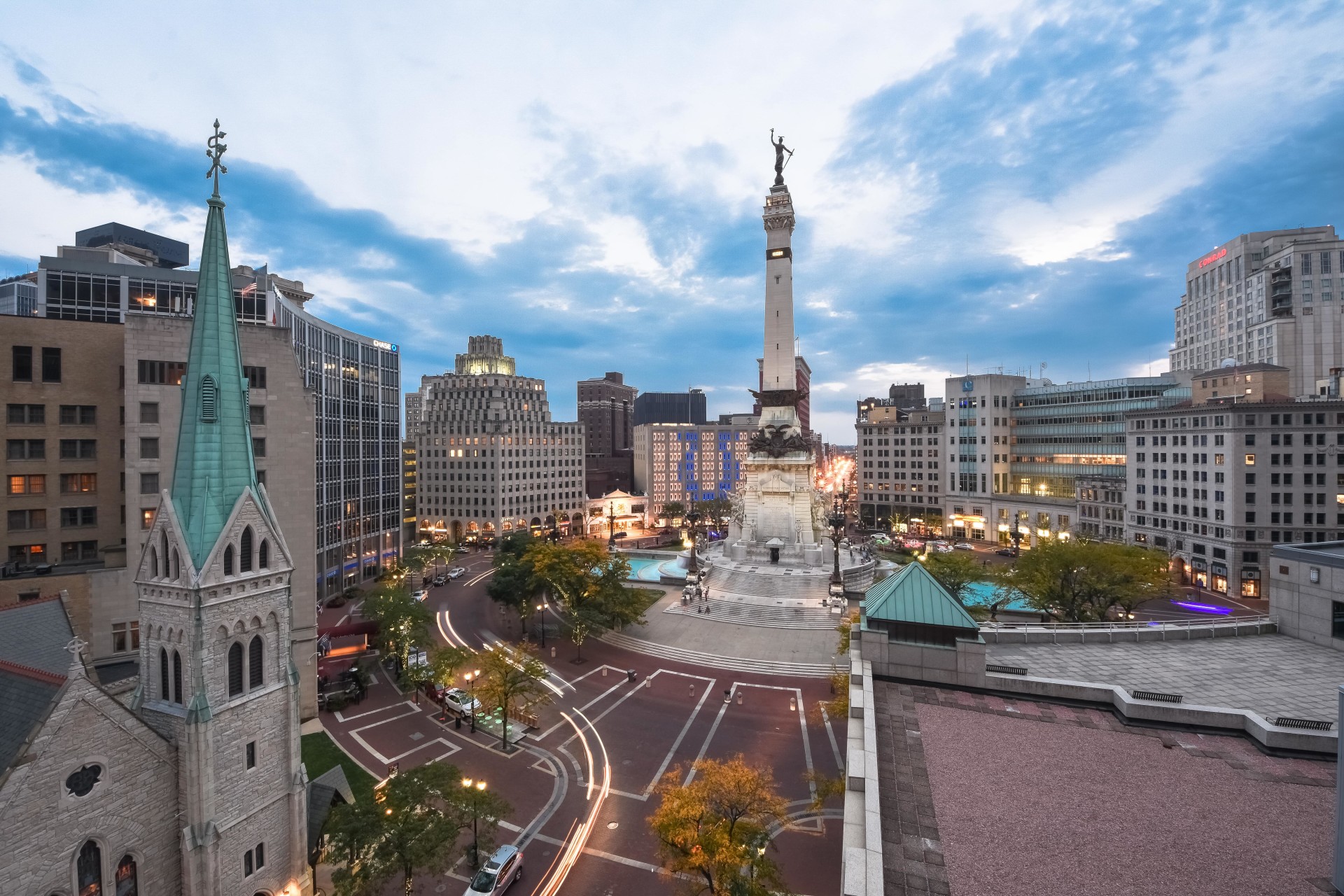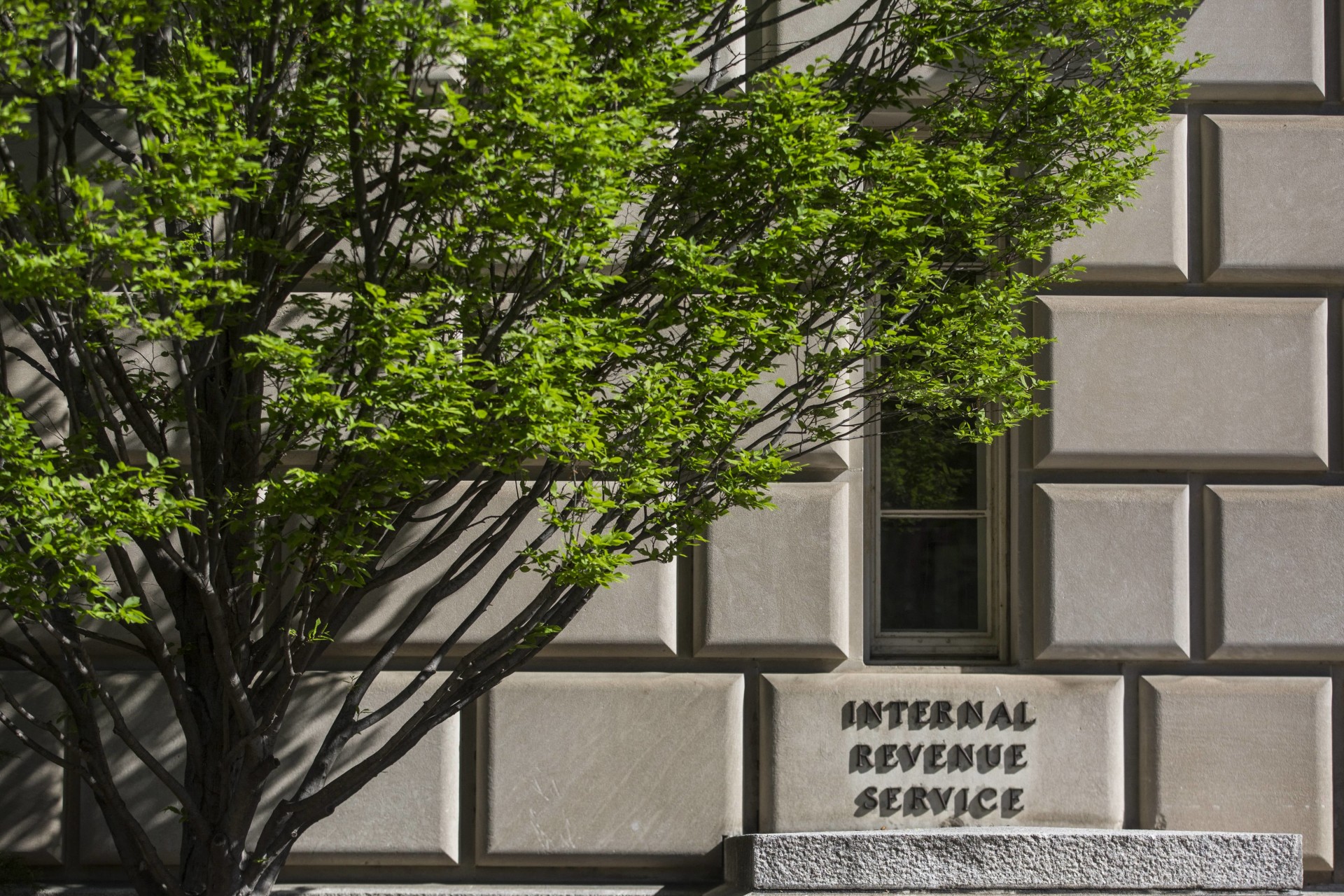The last two years or so could drive anyone invested in the stock market to distraction. When the reality of Covid-19 hit in February of 2020, the Dow Jones Industrial Average plummeted by a third in just five weeks, from a high of almost 29,400 to just shy of 19,200.
By the end of 2021, it surged to better than 36,300, only to plunge south of 30,000 by this year, buffeted by destabilizing forces including Russia’s invasion of Ukraine and runaway inflation in many world economies.
These gyrations have many investors looking for an alternative asset class — a safer place to park their money. Financial advisors recommend a diversified portfolio of investments, but they recommend existing asset classes in the broader equities market.
A healthy portfolio should include so-called alternative investments — defined as assets that don't fall into categories of stocks, bonds, and cash — which have a low correlation to fluctuations in the overall market.
Among the best known alternative investments are real estate, venture capital, cryptocurrencies, commercial real estate, hedge funds, private equity funds, art and antiques, and commodities.
The question is, what are the best alternative investments?
Some of these asset classes are for institutional investors, or the very wealthy — accredited investors with a net worth exceeding $1 million or with an annual income of at least $200,000.
Even those that are more accessible are frequently complex and largely unregulated by the Securities and Exchange Commission, and they present a greater degree of risk. In most cases, the price of entry is high and there are considerable fees, especially in comparison to mutual funds or exchange-traded funds (ETFs).
Another aspect that makes these investments more challenging is that alternative investments are generally more illiquid than conventional investments; an investor will find it harder to sell a Rembrandt painting than to sell 1,000 shares of Amazon stock, because there are far fewer potential buyers.
Taking stock of the alternatives available
But some alternative investments, like cryptocurrency, NFTs, fine art and antiques, and real estate, are open to anyone with resources to invest and the grit to take a chance.
Real estate is the most popular alternative investment, with slightly less than two-thirds of the American population owning their homes. And in the current economic environment, real estate looks all the better as an ingredient in a healthy investment portfolio.
“Even when decisions by elected officials and monetary officials lead to inflation, which devalues actual currency, real estate as an asset class benefits,” said Travis Bohling, Mynd’s vice president VP of portfolio management. “Investment properties are valued based on a multiple of the rent. As rents go up with inflation, the property value goes up.”
Since the supply of housing has been drastically short since homebuilders pulled back on construction after the 2008 housing crash, home values, while they may not continue to rise at double-digit rates as they have during the pandemic, are bound to increase in the long term.
“NIMBYism and well-meaning politicians will continue to make it hard to build new homes, leading to higher home values and rents,” Bohling said.
Assets like natural resources, including commodities (barrels of oil, trainloads of metals used in industrial production), farmland, and forests, have been safe areas of investment that may perform well even when the stock market is taking a dive.
Retail investors can purchase commodities via derivatives like futures and options, and today there are online options for buying shares in farms and other agricultural activities.
However, many who thought they had discovered the best alternative investments in the last couple of years came to find that they had sunk their money into highly speculative vehicles that had been overly hyped.
Here is a closer look at some of the alternative investments that have been touted in recent years.
NFTs: a gold rush, followed by a rush for the exits
NFTs, or non-fungible tokens, became the hottest collectible in 2021.
Simply stated, NFTs are digital, cryptographic assets that are stored on a blockchain (a public, online ledger). They can be used to represent real-world assets like art and real estate.
Though artists had been selling their work in NFT form for some time, the revolution arguably really started when the little-known artist Mike Winkelmann, aka Beeple, sold a digital collage as an NFT for an astonishing $69.9 million at Christie’s, making him one of the top-selling living artists at auction.
Suddenly, every imaginable commodity in every conceivable industry was being marketed as an NFT. The first-ever tweet by Twitter founder Jack Dorsey went for the equivalent of $2.9 million.
But that same tweet, when put up at auction in April with an asking price of $48 million, initially garnered just seven bids, topping out at about $277.
And that could be said to encapsulate the wild story of the NFT boom and bust.
Many of the hottest collectibles were images that the owners used as their online avatars, from series like Bored Apes and Crypto Punks. Many of those have suffered similar fates to Dorsey’s tweet.
Crypto Punk #273, for example, a digital drawing of a guy in sunglasses and a cap, sold for $1 million in fall 2021, and re-sold in June for just $102,172.
As NFTs have waned in popularity, scads of celebs have even swapped out the NFTs that previously appeared as their profile pictures on their social accounts. Paris Hilton, Jimmy Fallon, Serena Williams, Shonda Rhimes, and Meek Mill have all demoted their Crypto Kitties, Bored Apes and Crypto Punks.
Whether certain NFTs will end up to be good investments remains to be seen, but for now, volume on the NFT sales platforms has plummeted, and countless collectors are holding assets worth far less than what they paid for them.
Crypto winter: will spring ever follow?
After an adrenalized bull run that saw bitcoin surge past $65,000 in November 2021, the market for cryptocurrencies has entered into a bear market so stark that it has been termed “crypto winter.”
The price of bitcoin is now below $25,000, the value of an Ether token has fallen 60 percent, and crypto brokerages are filing for bankruptcy in quick succession. What was a $3 trillion market has seen at least $2 trillion of its value wiped away.
There are countless fraudsters in the sphere: the FBI says that fake crypto apps have walked off with some $42 million of investors’ money in less than a year. There are Bear Market Screaming Therapy groups, and even a handful of treatment centers for cryptocurrency addiction.
Cryptocurrencies, touted as an alternative to the stock market, have failed to provide a haven from the volatile equities market of 2022.
It was always an exceedingly strange notion, exemplified by Dogecoin, a currency created as a joke and named for the Shiba Inu in the popular meme.
The joke reached a market capitalization of $85 billion in 2021, having increased by 20,000 percent in one year. But it then plunged when one of its boosters, Tesla founder Elon Musk, was to host Saturday Night Live. (Why? Who can say?)
In National Review, two Johns Hopkins professors recently asked what’s next, “crypto winter” or outright extinction, arguing that “the product itself is a pointless, redundant gewgaw beloved by, well, let’s just say people who are not, perhaps, the financial world’s most respectable players.”
The stock pickers at Motley Fool are very clear: “Investing in cryptocurrency isn't safe, and it never was.”
What’s more, the crash in values of cryptocurrency may have taken down another highly speculative alternative investment that was tied to it: virtual real estate.
The average price per parcel of virtual land has tanked from its peak at north of $15,000 to less than a third of that by June, while the total monthly trading volume on six major platforms fell by 90 percent over the last six months.
Fine art: not exactly an asset class
There has been much chatter recently about fine art serving as an alternative asset class.
Lured in by headlines about still-wet paintings by Brooklyn artists selling for multiples of their high estimates at auction — not to mention dealers finding a canvas at an estate sale that Christie’s sold as a Leonardo da Vinci for $450 million — countless new art collectors have been minted.
But investors should not believe the hype. There’s a well-worn expression in the fine art world: It’s a lot easier to buy a work of art than it is to sell one on the secondary market.
What’s more, if an investor is looking for assets that behave differently from stocks, it’s nearly impossible to measure how well art has done against the stock market.
That's because art is an impossibly broad category, ranging from Chinese ink landscape paintings to a sculpture by art world jester Maurizio Cattelan composed of a banana duct-taped to a wall (which sold at a 2019 art fair in Miami for $120,000).
For that reason, artworks are not fungible items — while two shares of Apple stocks are interchangeable, even two Picasso paintings of the same size from the same year may sell for very different prices, because of various tangible and intangible factors.
The value of artworks is partly subjective, which is why art collectors and insurers use appraisers to determine value.
So it’s not certain that artworks even meet the definition of an asset class (“instruments that behave similarly to one another in the marketplace,” as Investopedia puts it).
What’s more, since so much of the art market is composed of individual buyers whose fortunes rise and fall with the stock market, the art market tends to rise and fall along with it.
Even experts in the field who make their living from art sales urge us not to think of art as an investment. Answering a reader’s question recently for Artnet News about whether to invest an inheritance in stocks or in art, London art advisor Wendy Goldsmith put it about as bluntly as possible: “Don’t. invest. in. art.”
Of course, those who love art should collect it. But they should collect for love, not do it for any promise of appreciation of their assets.
Real estate: ‘safe as houses’
In Australia, a secure bet is often described as being “safe as houses.” People will always need a place to live, so investing in residential real estate is a smart way to diversify a portfolio, especially if done with the expertise of a partner like Mynd, which can help find, finance, insure, lease and manage a home.
Single-family rental (SFR) real estate is valued at $4.5 trillion, making this kind of rental property the largest asset class in the world.
Major investors from Wall Street have now seen the value in this market, and are now investing in it along with retail investors. John Burns Real Estate Consulting estimates that some $45 billion in institutional money flowed into the space in 2021.
This means that investors in this sector, should they decide to sell, can sell not only to a family seeking a home, but also retail investors or institutional investors, widening their pool of potential buyers for their real estate properties.
Rental properties: cash flow and a hedge against inflation
SFR investments, as tangible assets, tend to weather market volatility. In addition to generating passive income, or cash flow in the form of monthly rents, real estate acts as a hedge against inflation, which has reached four-decade highs of 9 percent in 2022.
“One other great advantage,” said Bohling, “is that let’s say you finance the rental property at today’s dollar value, but since you’ve locked in your payment with a fixed rate mortgage. This way, you’re paying off the mortgage with less valuable future dollars, and hopefully you’re making a better salary as time goes on.”
Real estate is one investing sector where borrowing money, or using leverage, is beneficial, since money repaid in a fixed monthly mortgage payment decreases in value over time. And with that devalued money, the borrower builds equity in the property.
Homes offer tax advantages and a tangible asset
There are also various tax structures that benefit real estate investors. The IRS provides a tax break in the form of depreciation, an annual tax deduction that allows the investor to recover the cost of purchasing the property over time, while balancing out some of the taxes that are due on passive income from rent.
“There’s no asset class that has better tax advantages, and is better at protecting your wealth from the government,” Bohling said. “You never pay taxes if you never sell the property. If you do, maybe you want to sell your New York property and buy five Florida properties, so you can use a 1031 exchange to avoid capital gains taxes. And if you leave the property to your heirs, they get to start the clock on the depreciation clock.”
Finally, Bohling pointed out, there is a floor on the value of any real property. So even when the housing market drops, as it did drastically in 2009, prices went down by as much as half to two-thirds, there is an asset worth something.
“The lowest your home could ever go in value is its replacement value, or what it would cost to build it today,” he said. “So you always have a floor, whereas the value of a stock can vanish while you’re taking a nap.”
And unlike the crypto winter, when the market awoke from the 2009 housing crisis, prices recovered and have generally been on the upswing ever since, suggesting that those looking for the best alternative investment would do well to take a close look at residential real estate.




